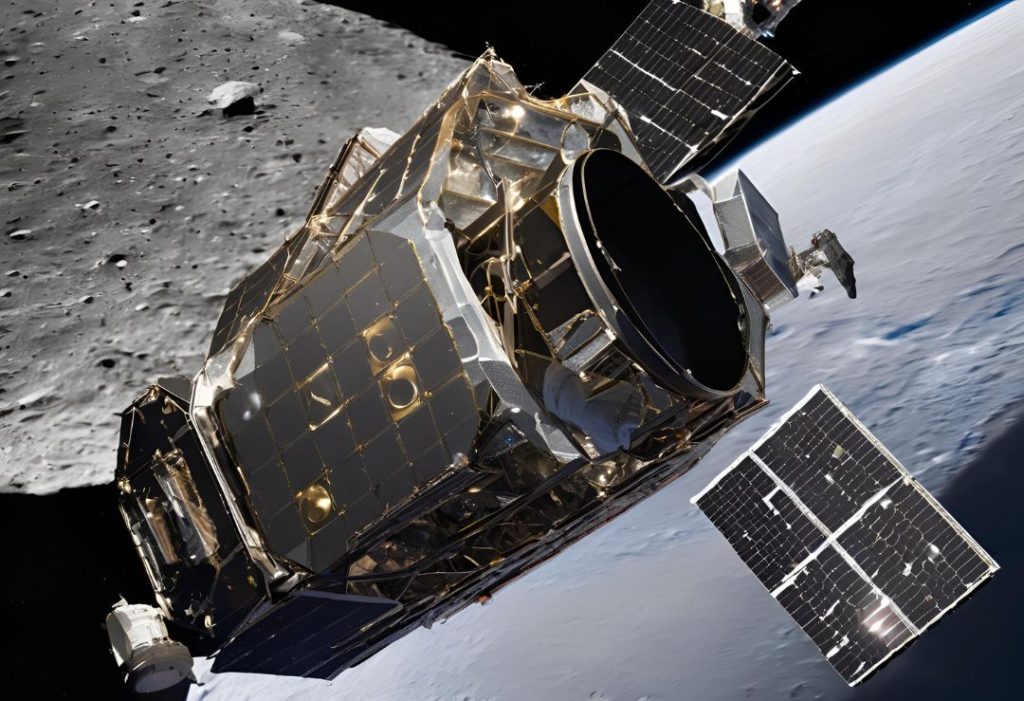A spacecraft has been launched on a bold new mission aimed at altering the path of a rogue asteroid that has veered off its expected orbit. The launch marks the beginning of a complex journey designed to prevent potential future threats to Earth by testing humanity’s capability to redirect space objects.
This mission, which was developed through international collaboration between several space agencies, comes in response to an observed deviation in the asteroid’s trajectory. What was initially a benign object drifting through the solar system has become a focus of attention due to unexpected orbital shifts. These changes, detected by a global network of space observatories, have elevated the asteroid’s status from a routine object of study to a significant celestial body requiring intervention.
In recent years, the threat posed by near-Earth objects (NEOs) has gained increased visibility, prompting governments and space agencies to invest in planetary defense mechanisms. While the likelihood of a catastrophic collision remains low, even a small misstep in the calculations of an asteroid’s orbit can have profound implications. The mission’s goal is not only to alter the asteroid’s path but to gather vital data on how space objects can be redirected in the future.
A Mission Rooted in Science and Strategy
The spacecraft, designed to deliver a targeted impact, is equipped with advanced technology that allows scientists to assess and measure the effect of the collision. Using precise calculations, engineers programmed the spacecraft to intersect with the asteroid at a point where its momentum will produce a measurable change in the object’s trajectory. The process is delicate, requiring an accurate understanding of both the asteroid’s size and velocity, and the spacecraft’s approach path.
This effort represents one of the most significant steps taken so far in planetary defense. The spacecraft’s impact on the asteroid, though not expected to generate a major alteration immediately, will serve as a model for future missions, where small adjustments can be scaled up to mitigate actual threats.
Though the asteroid’s current path does not pose an immediate danger to Earth, the mission is designed to test our capabilities in handling potential risks from objects in space. Scientists involved in the mission stress that this first attempt at redirecting an asteroid is purely precautionary. Still, it underscores a broader concern about the need to be prepared for any eventualities that could arise as space continues to be monitored for potential dangers.
The Role of Observation and Innovation
Space agencies involved in the mission have spent years studying the asteroid in question. While much is known about its size, composition, and velocity, scientists are eager to learn more about how its structure might react to the spacecraft’s impact. Observations of the asteroid will continue long after the spacecraft makes contact, providing crucial information about how its orbit has changed and whether any unforeseen variables have emerged from the collision.
One key element of the mission’s success will depend on the precise tracking of the asteroid’s trajectory post-impact. Ground-based observatories, along with space-based telescopes, will play a major role in monitoring these changes, offering a real-time assessment of how well the spacecraft’s impact has achieved its goal.
Innovation is also at the heart of this mission. The spacecraft is equipped with cutting-edge technology, including enhanced navigation systems that allow it to autonomously adjust its path during its approach. These systems are crucial in ensuring that the spacecraft hits the asteroid at the right angle and with the right amount of force to achieve a detectable change in its trajectory.
International Cooperation and Future Prospects
This mission is not the work of a single agency but rather a global collaboration. NASA, ESA (European Space Agency), and other space institutions have worked together to design, fund, and implement the mission. The combined resources and expertise of these agencies are a testament to the growing recognition of the importance of planetary defense.
In recent years, space agencies around the world have launched similar initiatives to study and mitigate the risk posed by NEOs. The current mission, however, stands out due to its practical application: altering the course of an asteroid in real time. While simulations and theoretical models have been employed in the past, this mission brings the concept of asteroid redirection from the drawing board to outer space.
Looking ahead, the data gathered from this mission will inform future efforts to protect Earth from potential impacts. Scientists will be able to study the effectiveness of the spacecraft’s collision and refine their models for predicting how space objects behave when impacted by human-made technology.

